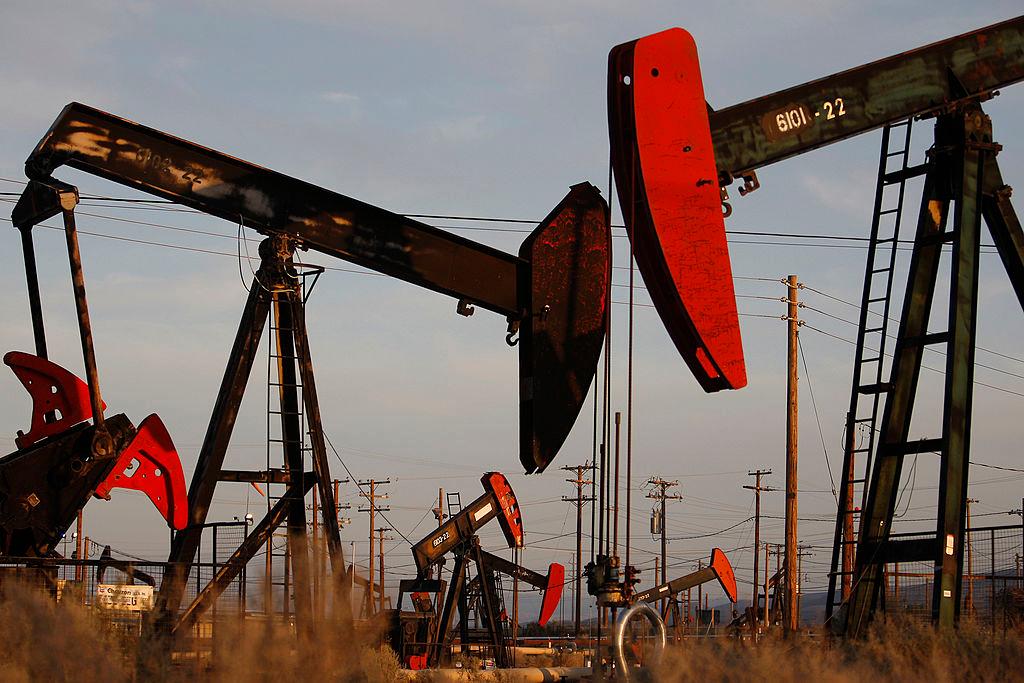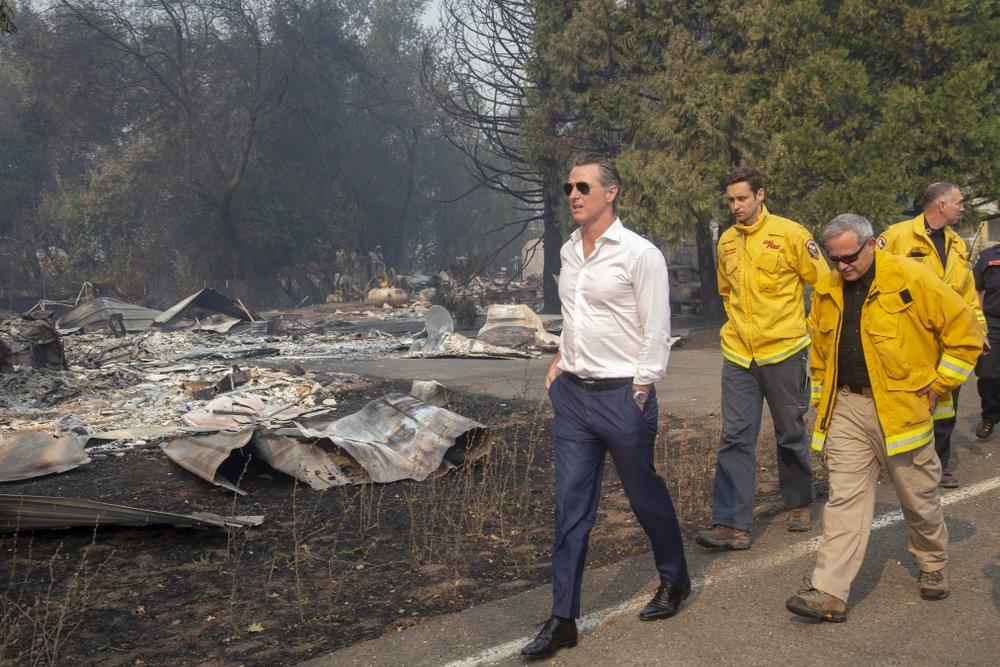Global energy systems are experiencing their biggest shock in seventy years as the equivalent of “the entire energy demand of India, the world’s third-largest energy consumer” has been lost due to the CCP virus crisis, according to the International Energy Agency’s (IEA’s) Global Energy Review for 2020.
The IEA report forecasts that global energy demand will fall by an unprecedented 6 percent in 2020—seven times the decline measured in the wake of the 2008 global financial crisis.





